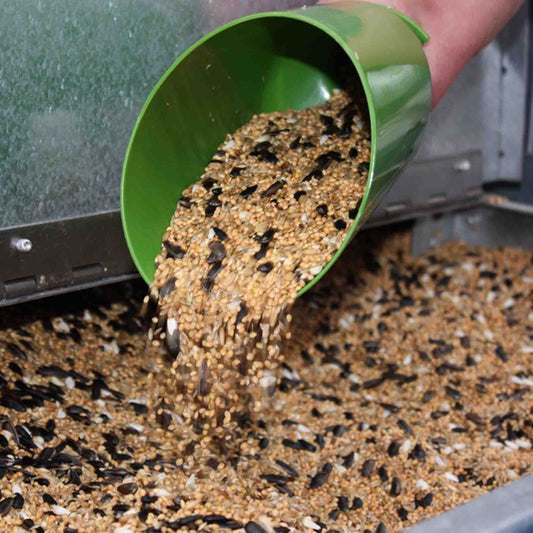
Beachcombing for Cuttlefish Bone: A Guide for Bird Enthusiasts
Share
If you live on or near the south coast of the UK did you know that you can collect cuttlefish from your local beach?
It is possible to find cuttlefish all year round but the best time of year is between May and June. It can be that plentiful you can collect it by the sack full.

After breeding, the female cuttlefish die and a few weeks later their skeletons are washed up on the beach. Cuttlefish collected like that can have an aroma but a good wash soon helps to destroy the smell. It then needs to be soaked for 48 hours in an avian disinfectant like Vanodine and left out in the sun to dry.
Shop our full Cage and Aviary bird food range.
But what actually is cuttlebone? It’s the inside of a cuttlefish, which is a member of the cephalopod family. It’s not really a bone, but the internal shell which has gas-filled internal chambers that keep the cuttlefish afloat and benefits birds due to its high content of calcium, iron to help with red- blood-cell formation, potassium to aid normal heart and muscle activity, zinc which helps with a bird’s immune system and copper to improve its circulation and healing. Cuttlefish is what we call now a superfood.
Hen birds need these nutrients during egg production to help produce thick- shelled eggs. If there is a deficiency in her diet she will only lay thin-shelled eggs. Cuttlefish is a multi-purpose product as the shell also helps to polish beaks but in addition, is introducing a different texture to the cage.
Cuttlefish can be given to your birds in a couple of different ways. Feed just wedged through the bars of the cage or place in a cuttlefish holder but if neither of these ways is suitable just break off bits of the cuttlebone and sprinkle on top of their food.










